This enchanting castle near the small village of Chenonceaux might not be as large as others in the Loire Valley, but that doesn’t make it any less beautiful. On the contrary, Château de Chenonceau is one of the most charming castles in France.
The castle has quite an unusual, but nonetheless remarkable location. It is situated literally on the Cher River because it was constructed over a bridge. The building, and later the maintenance of the castle, are the work of some powerful and influential women, which is the reason it is also known as the Château des Dames (Castle of the Ladies).
The first structures that stood on the property were a mill house and a small medieval castle. Then, in 1512, Thomas Bohier, chamberlain of the king of France, acquired the property and decided to replace the already existing buildings with a Renaissance château.
However, as the construction took place during a war, Bohier had to spend much time away from the property and it was his wife Katherine Briçonnet, who assumed control of the project. It took several years for the construction to be completed.
After the deaths of Bohier and later Briçonnet, their son inherited the castle, but because of his debts, he had to give it away. The new owner was King Francois I.
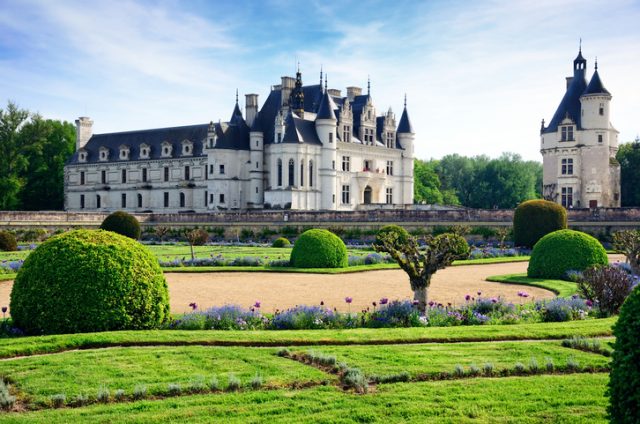
After King Francois I’s death, his son and heir, Henry II, gave the castle as a present to his mistress, the noblewoman Diane de Poitiers. She was very pleased with her new residence and determined to make some improvements. Her major works are the arched bridge across the river and the magnificent formal garden. However, the end of the powerful Diane de Poitier came with the death of Henry II. Henry II’s widow and Queen of France, Catherine de Medici, wanted Château de Chenonceau for herself, but, well aware it was in Diane’s ownership, the Queen forced her to agree on an exchange of castles. So Catherine de Medici took Château de Chenonceau, while Chaumont Castle was given to Diane de Poitiers.
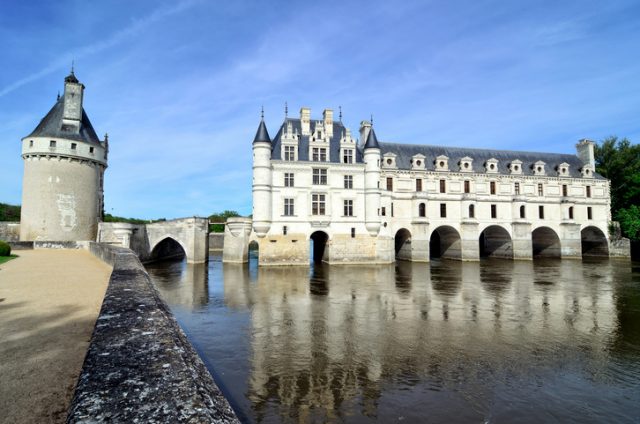
Catherine loved her new castle and it didn’t take long before it became her favorite residence. She made some changes, including the construction of a two-story gallery known as the Bâtiment-des-Dômes over Diane’s bridge, creating the unique castle that we know today. Also, she created another garden that resembles Diane’s garden. Catherine hosted many luxurious balls and extravagant celebrations in the castle that were attended by many aristocrats and members of the European royal families.
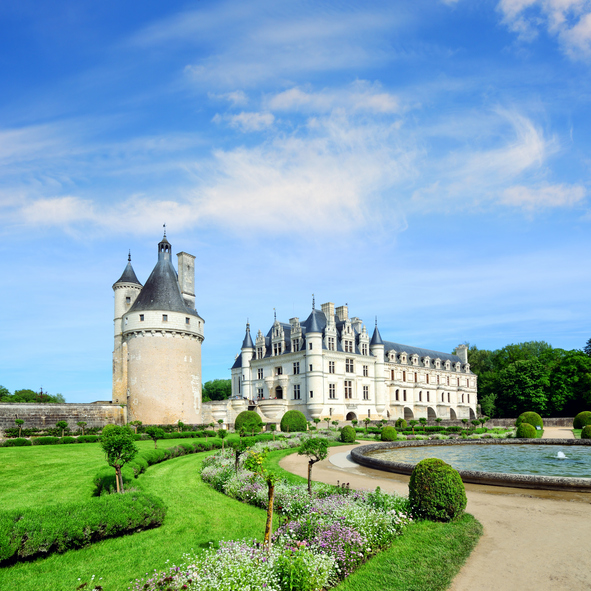
In 1560, her son Francis II and Mary Queen of Scots were married at the castle, and that same year, when he was proclaimed King of France, the first fireworks in France were witnessed at the castle, during the celebration.
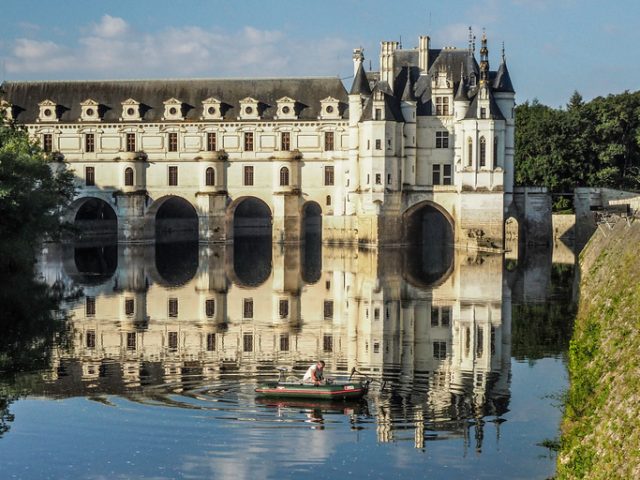
In 1589 Catherine died and her daughter-in-law Louise de Lorraine, wife of King Henry III, took over it. The King had been murdered and Louise spent her time mourning in the castle. She even redecorated her bedroom, replacing the vivid colors with darker shades.
After Louise’s death, the castle changed owners several times. Initially, it was passed on to her niece Françoise de Lorraine, then it was acquired by General Dupin, whose wife, Madame Dupin, managed to save the castle during the French Revolution. In 1864, it became the property of Madame Pelouze, who restored the castle and threw memorable parties and, finally, in 1913, it was purchased by Henri Menier and has remained in the Menier family to this day.
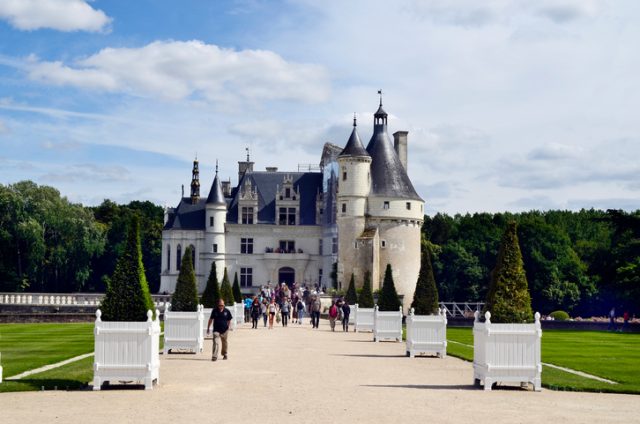
During World War I, the castle served as a hospital, while in World War II, it was separated by a line in two parts. One side was under Nazi domination and the other was under the control of France. After the war, the castle and its gardens were once more restored and opened to the public.
The interior of the castle is furnished with centuries-old furniture and ornamented with beautiful tapestries from the 16th and 17th centuries, as well as remarkable paintings by Rubens, Le Tintoret, Le Primatice, Rigaud, and many other famous Renaissance and Mannerist painters. Of all the rooms, the most lavishly decorated are the bedrooms. Known worldwide for its unique architecture and history, Château de Chenonceau is the second most visited in the country, right after the Château de Versailles.
